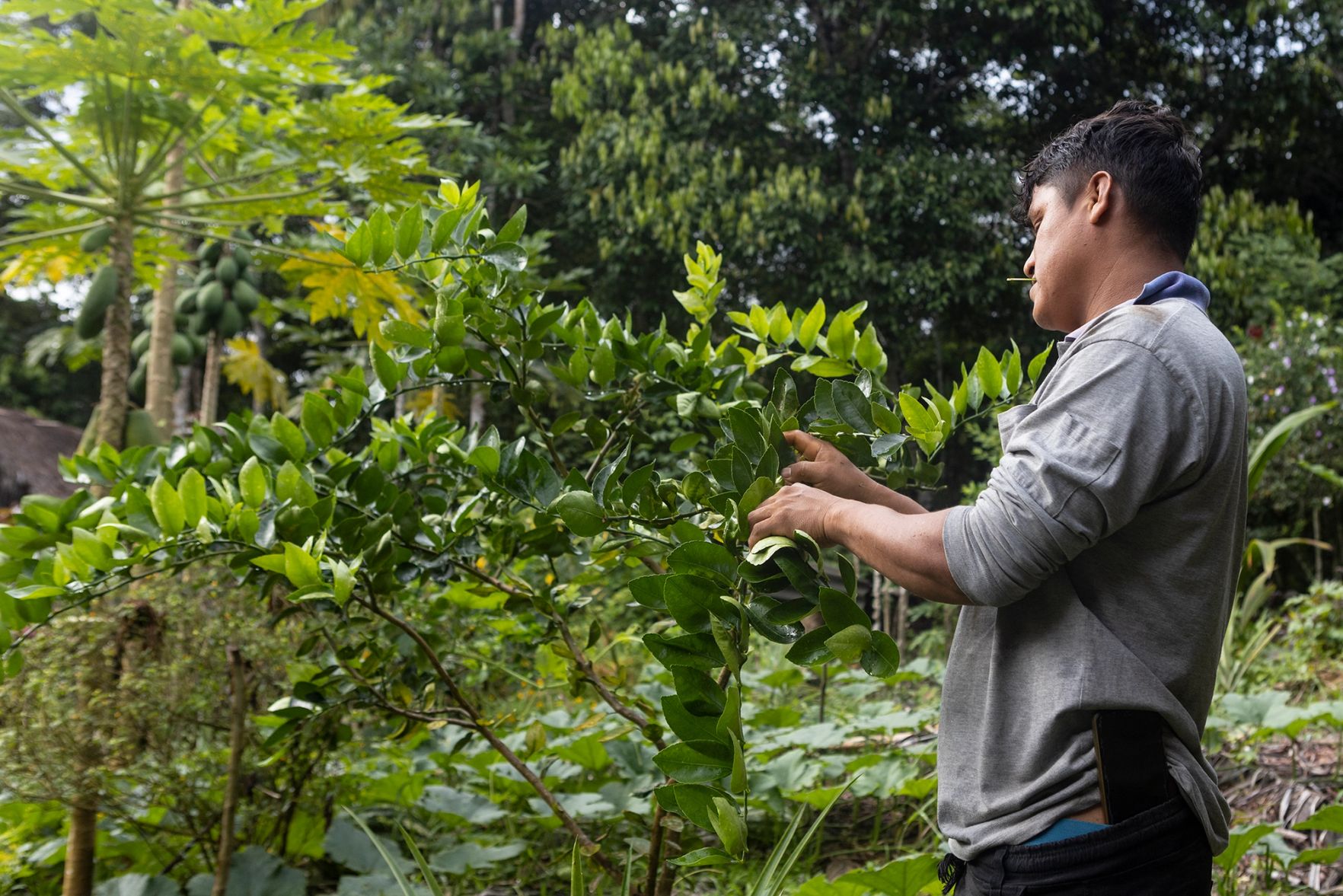By
Of all the knowledge that the peoples of the Amazon acquired from their environment, one of the most fascinating (besides the deep understanding they have reached about the world of medicinal plants and how to transform the produce and plants of their environment) is the way in which they managed to adapt to the forest and the ecological dynamics of the ecosystems, to be able to take advantage of them and grow their own food in harmony with them.

This adaptation is related to their enormous capacity to understand what was around them. The peoples of the Amazon developed an empirical knowledge that, more than on beliefs, was based on hundreds of years of interpretation of how species and different forms of life interact with each other. The validity of this knowledge is a product of its intergenerational transmission, which responds to the capacity of this knowledge to respond to their needs.
Instead of trying to dominate nature, these peoples learned to adjust to it and use this knowledge for agriculture. They learned how to take advantage of the phases of the moon, what the presence of certain plants can transmit on the soil in which they are, and how to take advantage of the lands available during the low season of the rivers for agriculture.
From the moon they learned which phases were best for planting, pruning and harvesting. They noted, for example, that the full moon is favorable for both planting and pruning fruit trees, but that it is necessary to wait 5 days after the new moon to sow plantains in order to have a good fruit. To harvest palm leaves, on the other hand, you should wait at least 5 days after the full moon to avoid the presence of insects and other animals that may eat the leaves, and cassava is best harvested during the growing quarter. Also, the trees should not be cut during the new moon in order to have stronger wood.

They also learned to adapt to different soils, discovering which ones were best for each species and interpreting the clues present in nature that could be indicators of their fertility. The presence of plants such as situlli or yarina palm tree, to mention two, are indicators of very fertile soils.
Regarding the fluctuating agriculture that adapts to the periods of rising and receding of the rivers, the riparian peoples of the lower Amazon have also learned to use the fertile land they have each year between June and November on the banks of the rivers. Crops such as rice, which demand large amounts of water, grow naturally on these lands without needing much more than what the river provides.
This all is just a small glimpse. At the Chaikuni Institute we have been approaching the Amazonian peoples for several years to learn about their stories and realities, to learn from them and to exchange experiences. In many cases, unfortunately, much of this knowledge has been lost, but we are also working hand in hand with them for its recovery and preservation.


